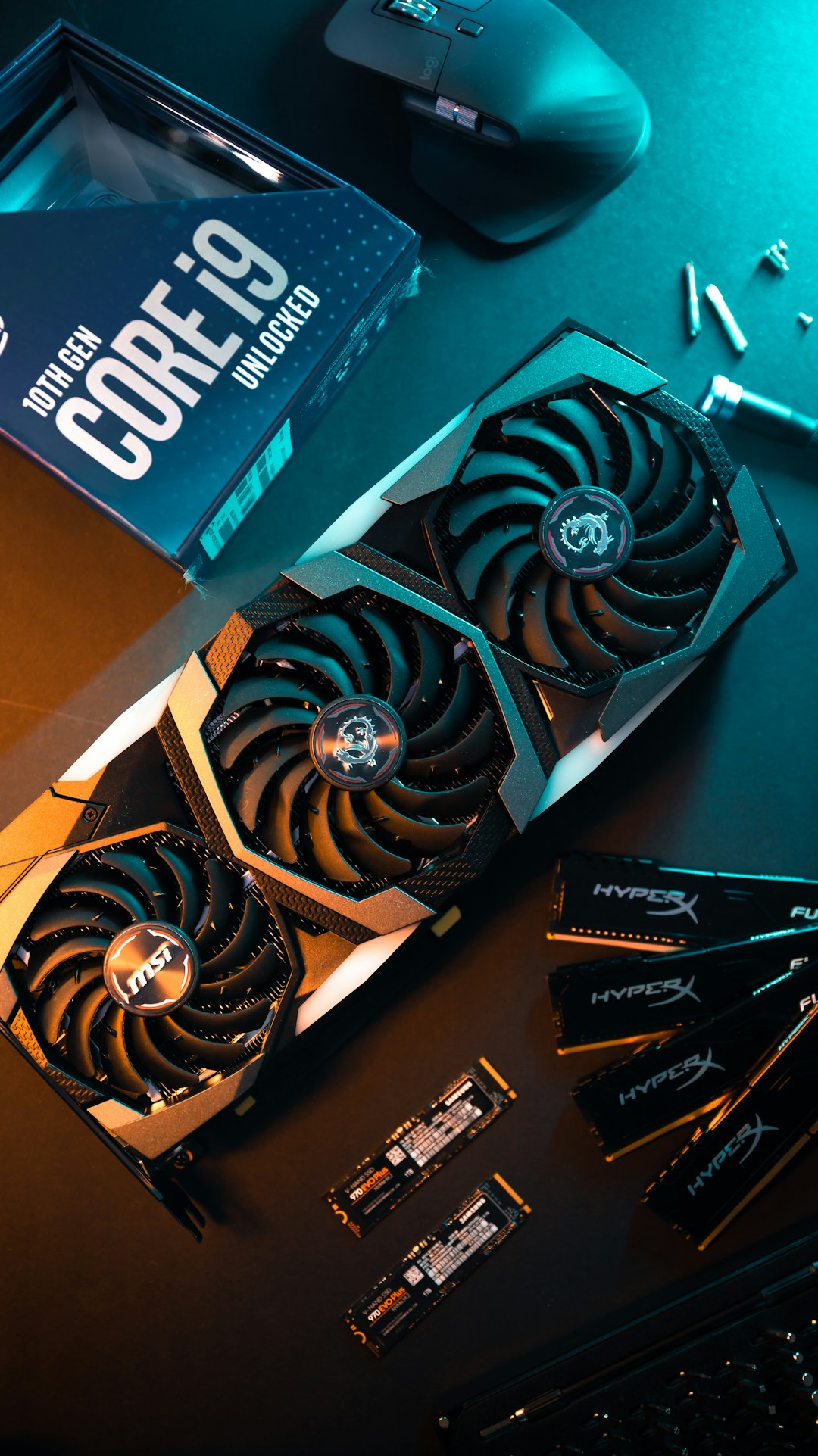
Intel (NASDAQ: INTC) announced on Monday that it has successfully integrated ASML Holding’s (AS: ASML) high numerical aperture (NA) lithography machines into production, marking a significant technological leap in chip manufacturing.
? Key Highlights:
Intel has produced 30,000 wafers in a single quarter using ASML’s latest lithography machines.
The new high NA machines are twice as reliable as the previous generation, resolving past production challenges.
These machines reduce exposure steps, improving efficiency and cutting processing costs.
Intel’s Strategic Shift & ASML’s Role
Intel was the first chipmaker to acquire ASML’s advanced high NA lithography systems in 2023. Unlike the previous extreme ultraviolet (EUV) machines, which took seven years to reach full-scale production, these new systems are proving more reliable and cost-effective in initial testing.
Intel’s delay in adopting prior EUV machines led to it losing its technological lead to Taiwan Semiconductor Manufacturing Co. (TSMC). However, this new adoption could help Intel regain its competitive edge in producing smaller, faster, and more efficient chips.
What This Means for the Semiconductor Industry
? Higher Efficiency – The new ASML machines reduce exposure steps, performing in one step what previously required three exposures and 40 processing steps.? Improved Production Output – Consistent wafer yields indicate a smoother production ramp-up.? Competitive Recovery for Intel – With TSMC and Samsung leading the semiconductor race, this investment may revitalize Intel’s position in the market.
For investors tracking Intel’s growth and market positioning, consider:
Ratios (TTM) API – Analyze Intel’s profitability, efficiency, and valuation metrics over the trailing twelve months.
? Access Financial Ratios
Key Metrics (TTM) API – Evaluate Intel’s R&D investments, margins, and revenue trends.
? Check Key Metrics
As Intel accelerates its chip production strategy, investors and industry watchers will be looking for continued improvements in efficiency and market share gains in the semiconductor space.

